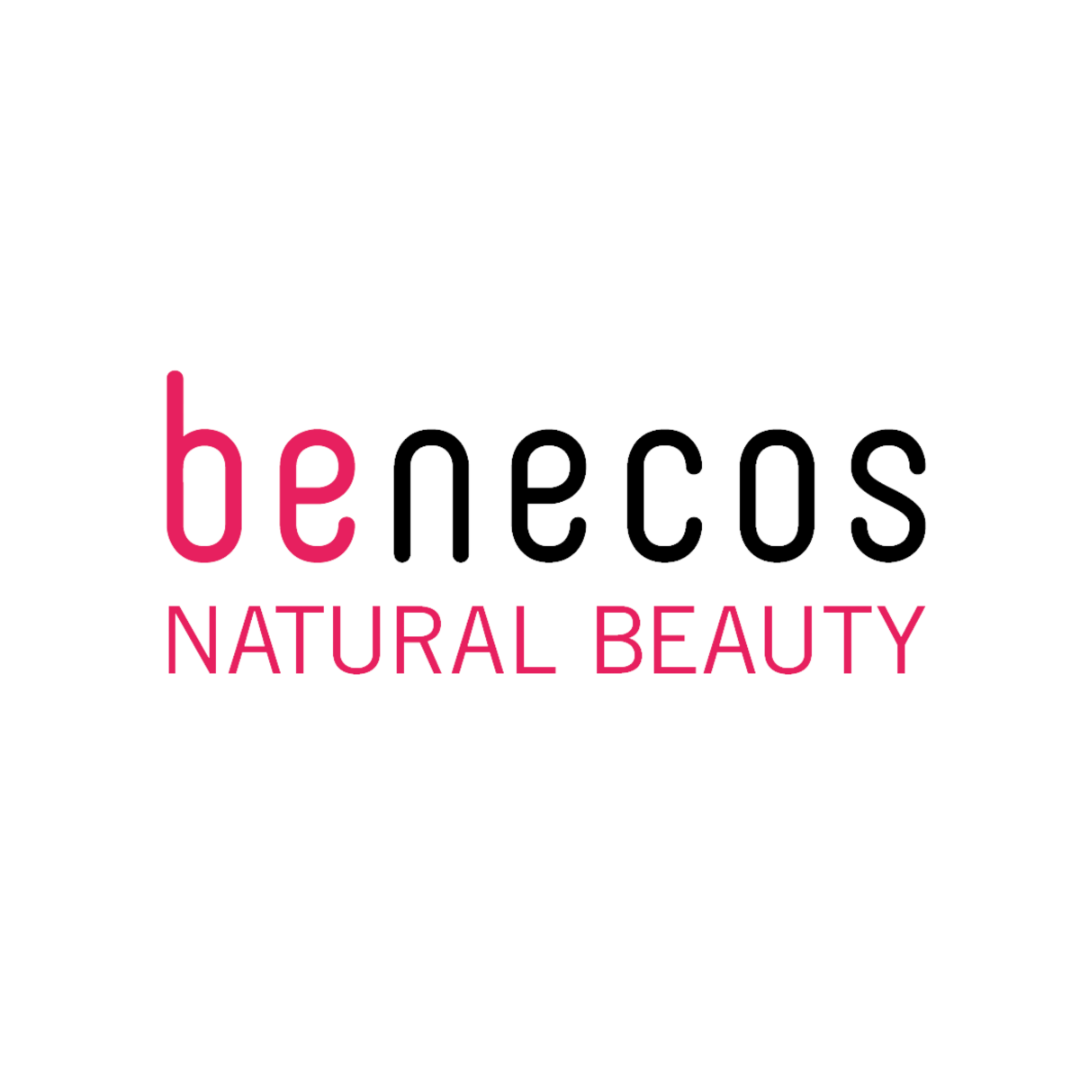Period Skincare
How cycle syncing your skincare to your cycle can help those painful break outs. No two cycles are the same, so listen to your body and identify how it responds to hormonal change.
THE MENSTRUAL PHASE:
Menstruation is commonly known as a period. When you menstruate, your uterus lining sheds and flows out of your vagina. Your period last on average between 3-7 Days. Many people notice their energy takes a dip and you start feeling fired, withdrawn and sad.
Take Some You Time
With your hormones such as your oestrogen and progesterone being at their lowest it will cause the feeling mentioned above. But this isn’t the only thing that your period causes. Due to your hormones being so low, your skin will produce less sebum, which means you can experience the feeling of dryness, sensitivity and your skin will be prone to blemishes and acne.
This stage of your cycle you want to be treating you and your skin kindly. We recommend keeping your skin moisturised due to the lack on sebum. But it’s not just what you put on your skin that’s important. Make sure you’re drinking plenty of water to help your body and skin stay hydrated and make sure you’re eating enough food to energise yourself for the day.
THE FOLLICULAR PHASE:
During your follicular phase, you may see that your skin gets better and better. This is due to your brain releasing a hormone which stimulate the production of follicles on the surface of an ovary. Usually, only one follicle will mature into an egg. This can happen from day 10 of your cycle. During this phase, your uterus lining also thickens in preparation for pregnancy. Meaning your estragon levels start to rise which brings a natural skin glow with it.
Renew Your Skin
You may notice improvements in your skin, and it looks bouncier and feels firmer. Oil production will spike up a little and dead skin cells can build up meaning products that renew and hydrate your skin are a go to! At this stage, some women can find that their skin can feel and look drier than at other stages and in some cases the skin may also be more sensitive.
So, while we do need to renew the skin it is also important to still be mindful that it may not have fully recovered from its sensitive and dehydrated stage.
Cleansing and exfoliating your skin is a great step to include in this phase of you cycle. Either grab your Konjac sponge to remove dirty particles, excess oil and bacteria from the skin while also worksing as an exfoliator revealing a glowing complexion. Or wipe the dirt away with our Cleansing Wipes.
THE OVULATION PHASE:
Ovulation is when a mature egg is released from an ovary and moves along a fallopian tube towards your uterus. This usually happens once each month, about two weeks before your next period. Ovulation can last from 16 to 32 hours. In addition to estragon, testosterone levels are at their peak, and this spike is what causes ovulation.
Clear And Clean
This may be the best skin you see every month, due to the increase in hormones your skin is likely to look bouncy, clear, and more radiant. But this may not be the case for everyone. Due to the increase in oestrogen, you may see excess pigmentation and even, onset hormonal acne. Prevention and getting control over your breakouts.
The nourishing, organic face serum is the perfect solution for demanding or mature skin. The organic argan oil has a regenerative and protective effect, whilst the organic hyaluronic acid strengthens the formation of collagen fibres, thus giving your skin more elasticity which prevents wrinkles.
THE LUTEAL PHASE:
After ovulation, cells in the ovary (the corpus luteum), release progesterone and a small amount of oestrogen. This causes the lining of the uterus to thicken in preparation for pregnancy. The luteal phase signals a farewell to your estragon. As estragon drops, the premenstrual phase usually leads to acne due to the rise in progesterone.
Take it Steady.
When progesterone is high, it causes skin to swell, so one may experience inflammatory acne. This is due to the surge in sebum production so pores may become clogged, and blemishes appear.
This natural lavender shower gel gently cleanses your skin with soft, powdery notes of lavender which leaves you feeling relaxed. The formula contains carefully selected ingredients, such as refreshing organic lavender blossom extract and regional and skin-caring organic apple juice.
This nourishing oil has anti-inflammatory and antibacterial properties that helps skin impurities, improves the elasticity of the skin in case of scar so perfect if you are recovering from period acne!
This cold pressed, organic argan oil is perfect for dry or mature skin due to its regenerating and protective properties. This vegan face oil absorbs easily into the skin, making this argan oil for face and neck an unbeatable step in your routine, as well as being great for your hair, too!
















